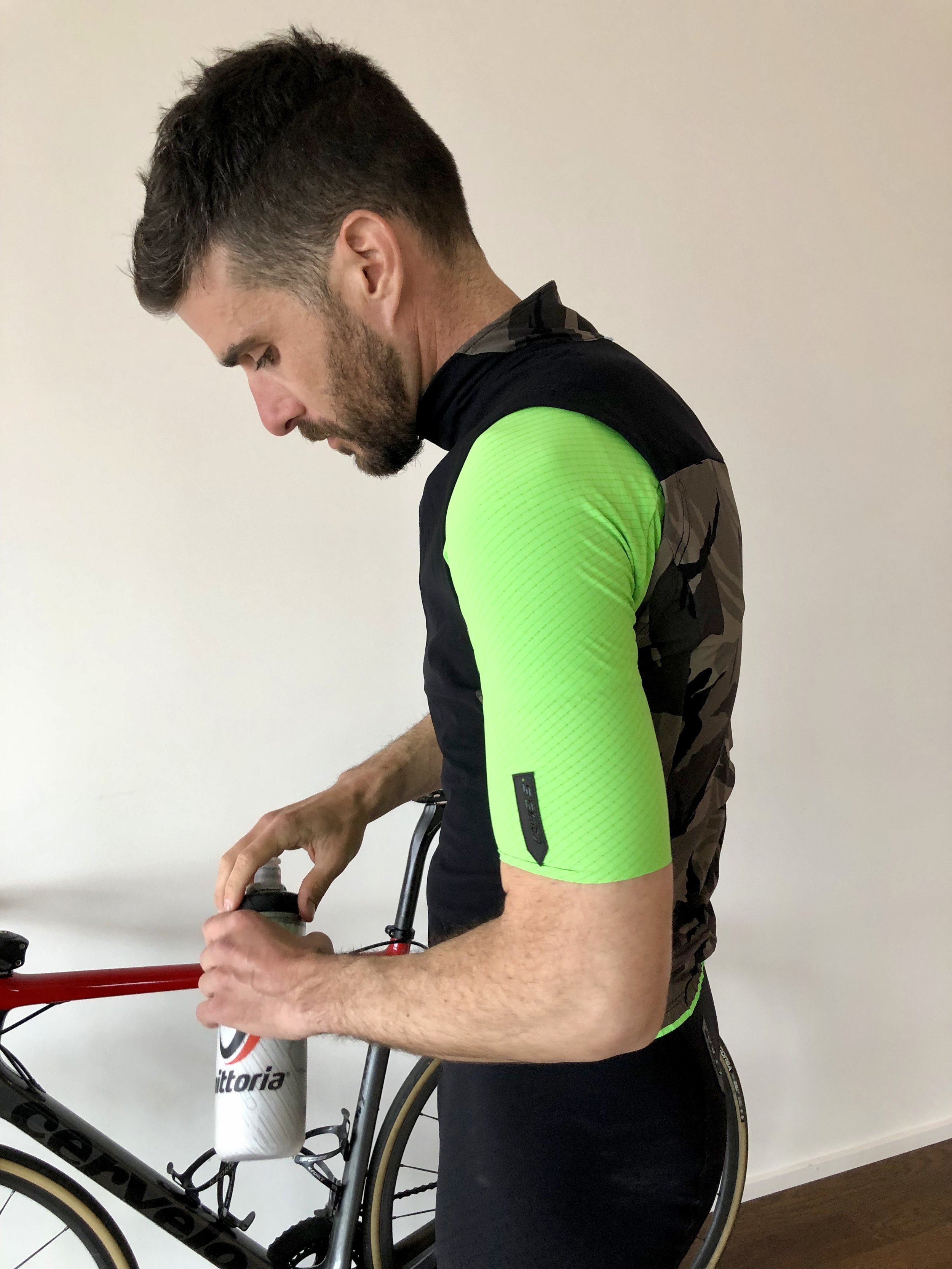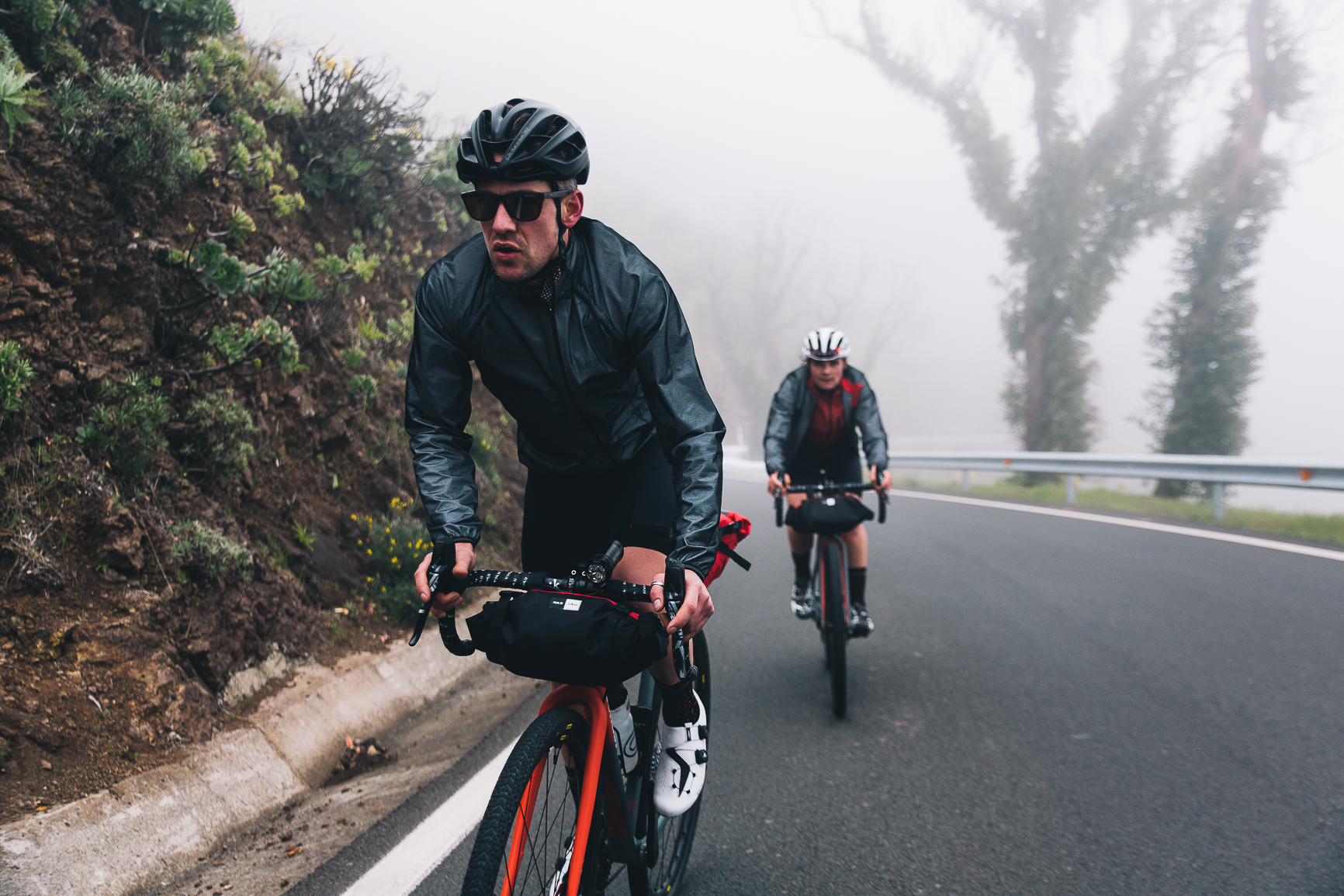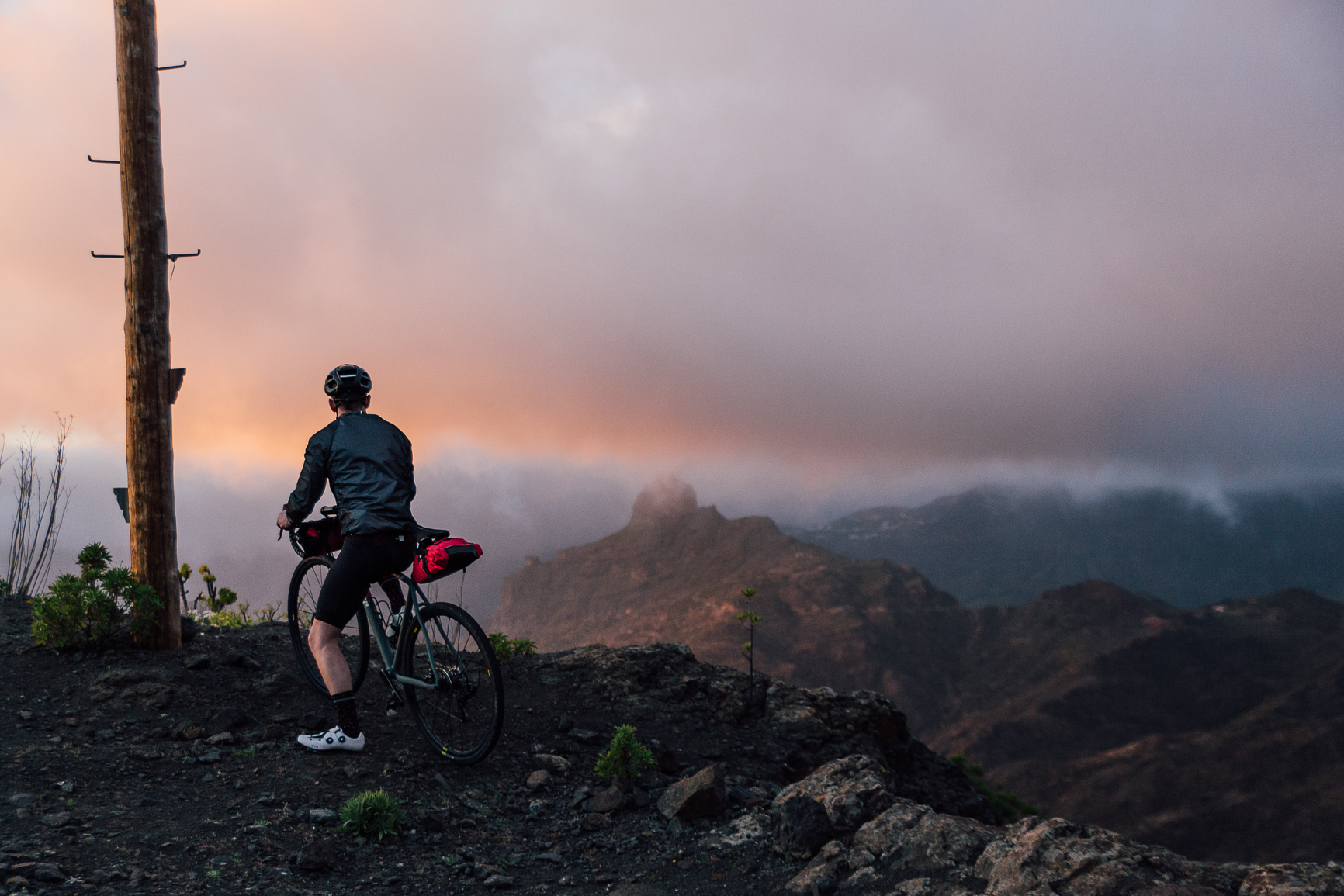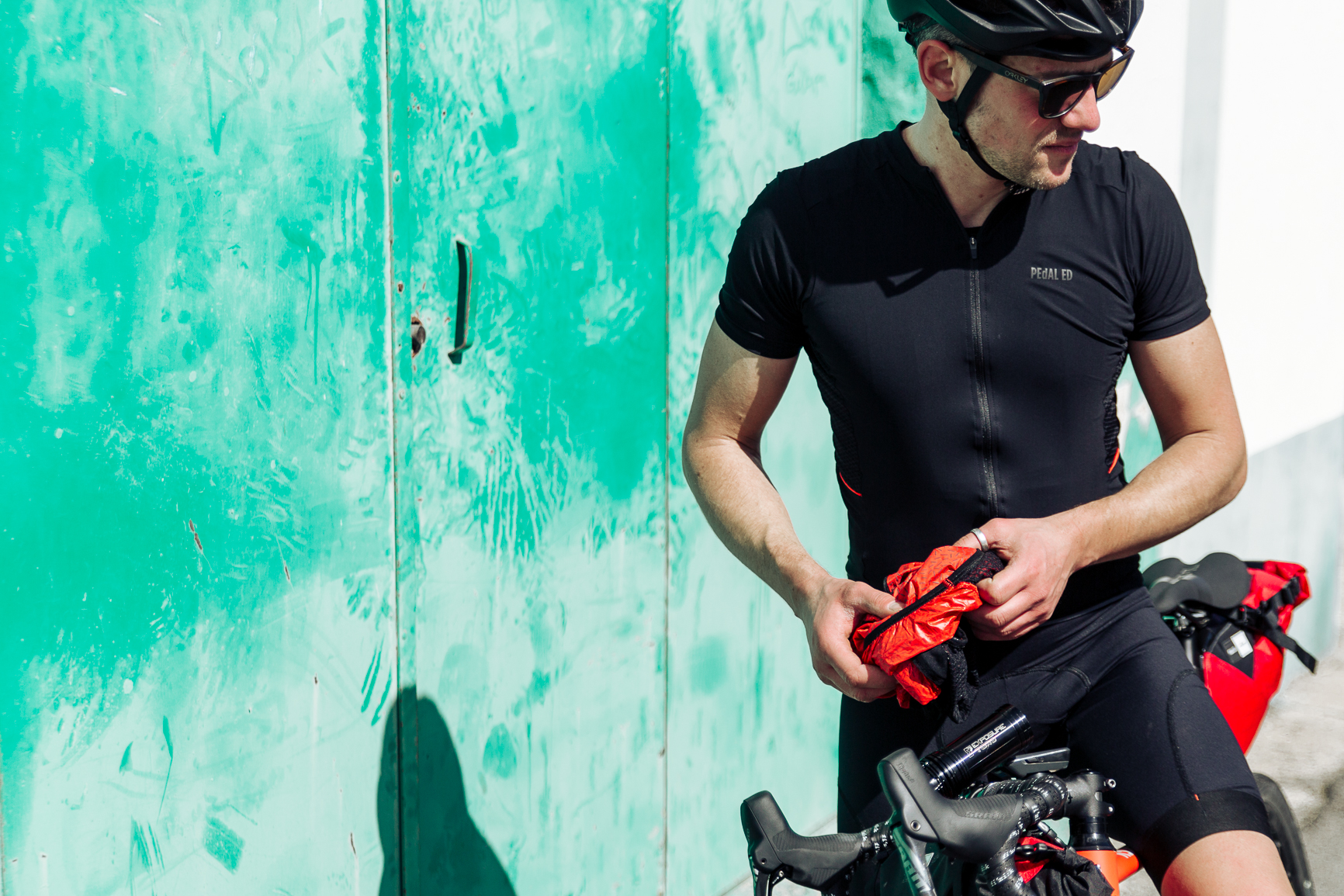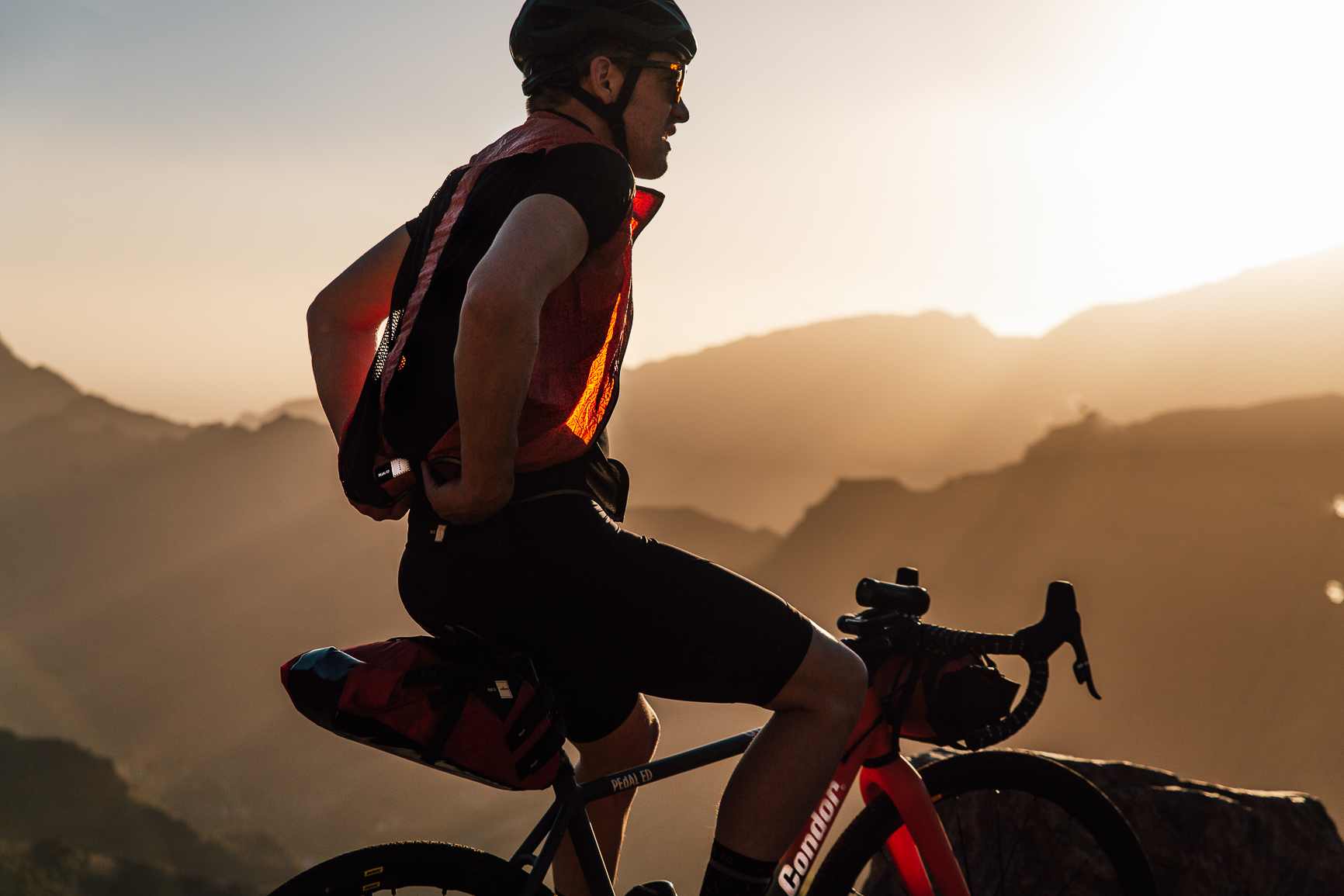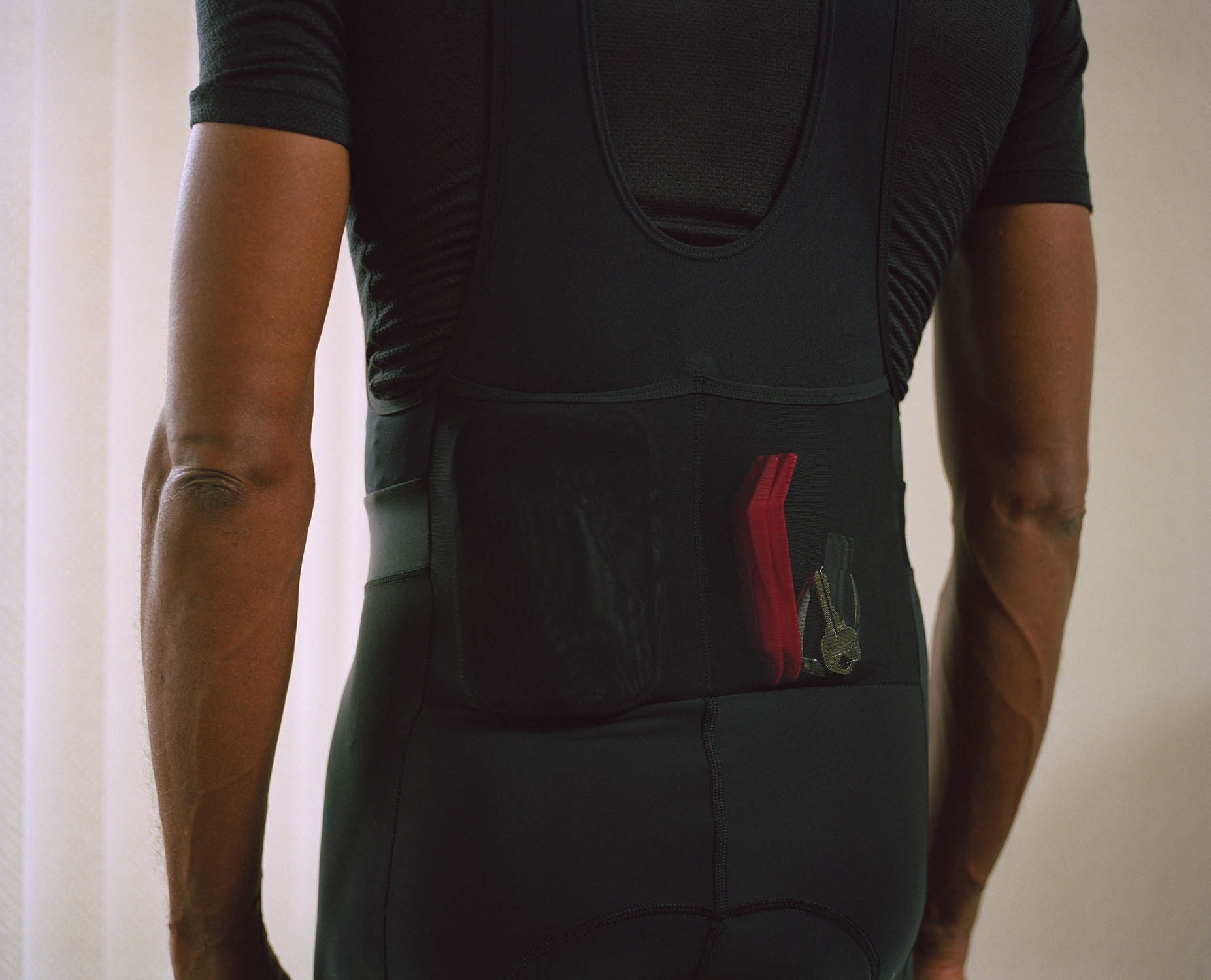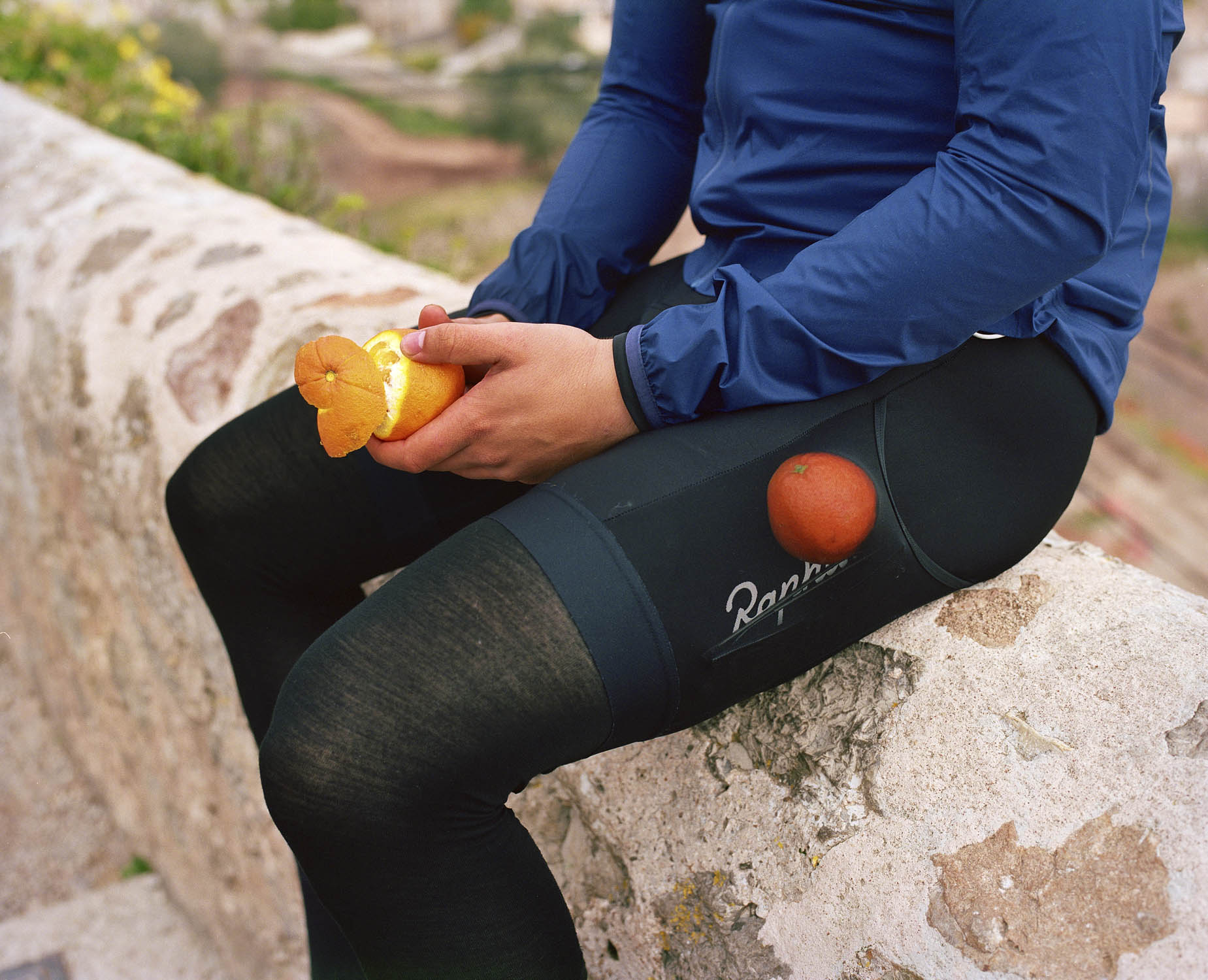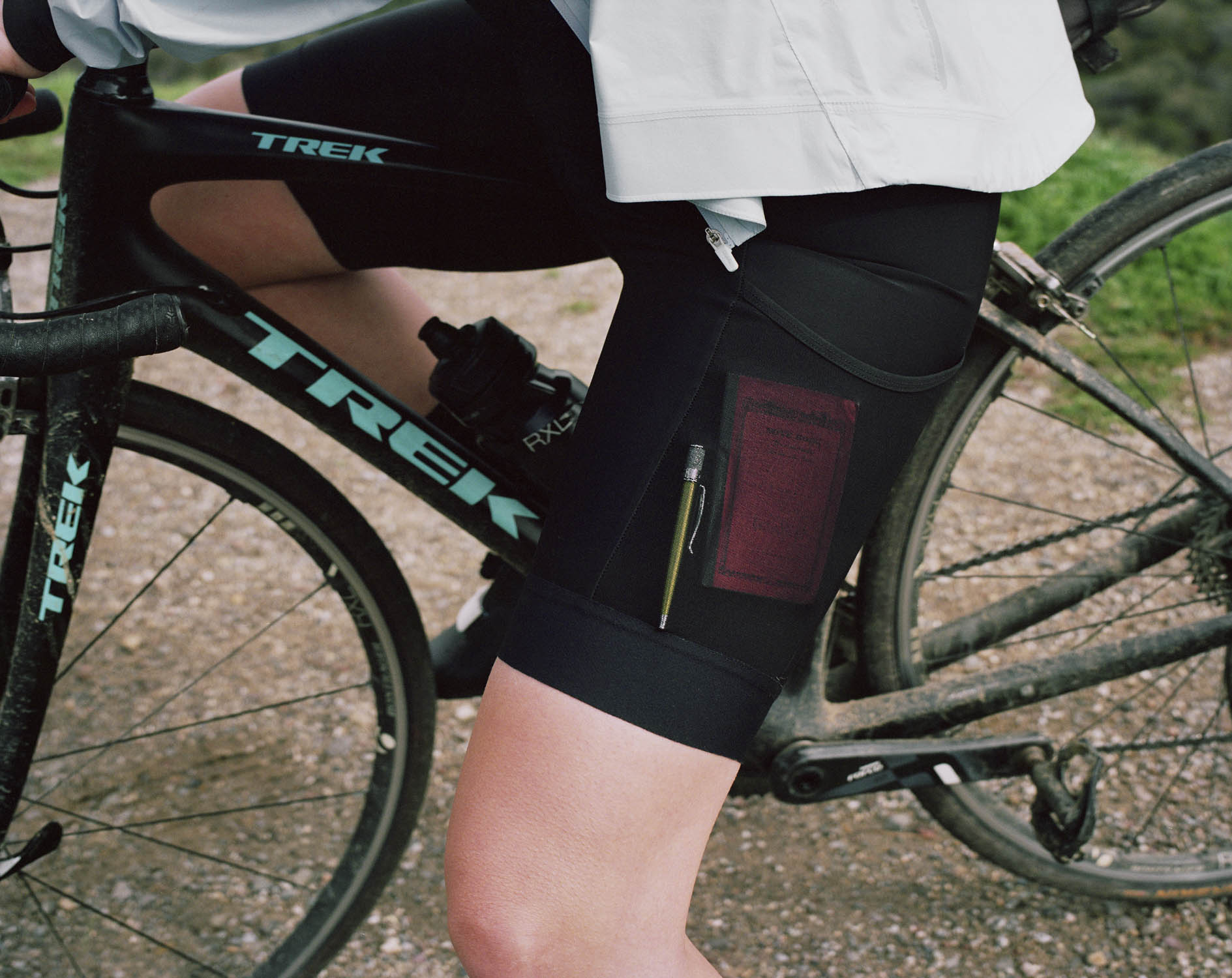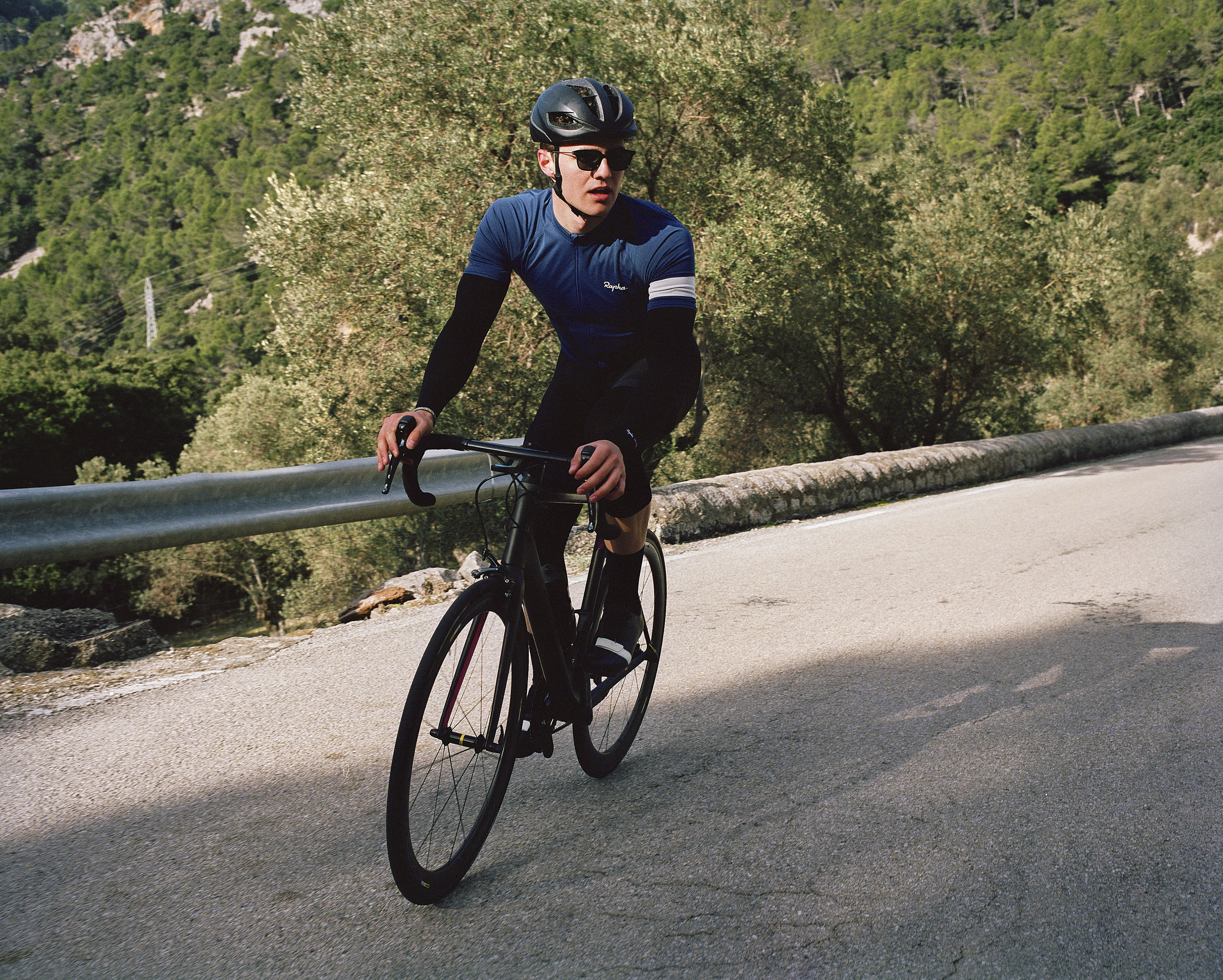How do you know the kit is aerodynamically sound?
We have done wind tunnel tests on different conditions, by testing the fabric’s performance (cylinder test) and testing the whole ‘system’: rider, bicycle and the equipment. We are really interested in the research side and we are looking also on the CFD modelling that can make some predictions about the drag or through new units that measure and analyse drag in real time.
Good kit is a componentry system made of several variables: not only the fabric properties but also competition speed, the typology of air flow (several times completely different from the static condition of the wind tunnel) and the placement of the pattern construction - all fundamental aspects.
What's been updated this year in the essentials collection?
This year we haven’t just added more colors but truly innovated with smart fabric development. After introducing wool into the UF Active (see the Cruise Collection), we have gone on to explore more natural fibers like the UF Seta, a new, ultra-lightweight fabric with a high silk content and added silver thread to give maximum results in the area of thermoregulation.
The outcome of this research is an ultra-lightweight jersey: Jersey Short Sleeve Seta that works extremely well in hot, humid conditions but can adapt, thanks to it’s woven structure, to the cool mornings of summer.
What is the focus for the company in the next five years?
With this year we are coming to an end of the 4 year collection life cycle and with the 2020 we will completely renovate the Essential Collection, not only an update, but we are developing new materials, new pattern construction, in order to offer an extreme vision of what the future of cycling might be.
For the next ‘Olympic cycle’ we have three main focus in mind that work together: first we’re obsessed with thermoregulation and, in collaboration with EURAC research centre, have developed a method to detect the exact comfort zone areas for different types of cycling clothing. The method is based on the continuous measurement of temperature and relative humidity, environmental and physiological, as well as how textiles respond to these various factors. Our method relies on monitoring the performance of an athlete under different conditions. We collect temperature and relative humidity readings through sensors distributed on both the body and on the clothing. We also use thermal imagery to detect the hot spots and see the distribution of water/sweat saturation.
At the same time, we’re tracking power output of the test rider. These methods allow us to explore the relationship between temperature and comfort as well as the relationship between moisture and comfort.






